System Description
The Antilock Braking System (ABS) consists of a conventional hydraulic brake system plus antilock components. The conventional brake system includes a vacuum booster, master cylinder, front disc brakes, rear drum brakes, interconnecting hydraulic brake pipes and hoses, brake fluid level sensor and the BRAKE indicator.
The ABS components include a hydraulic unit, an electronic brake control module (EBCM), 2 system fuses, 4 wheel speed sensors, 1 at each wheel, interconnecting wiring, the ABS indicator, and the rear drum brake. For the general layout of the ABS system, refer to Antilock Brake System Component Views .
Service Precautions
Caution: Refer to Brake Fluid Irritant Caution in the Preface section.
Caution: Refer to Brake Fluid Caution in the Preface section.
Caution: To help avoid personal injury due to poor braking, DO NOT tap into the vehicle's brake hydraulic system to operate a trailer brake system.
Notice: Refer to Brake Fluid Effects on Paint and Electrical Components Notice in the Preface section.
Notice: Refer to Fastener Notice in the Preface section.
Take care to avoid EBCM circuit overloading. In testing for opens or shorts, do not ground or apply voltage to any circuit unless instructed to do so by the diagnostic procedure. Test circuits only with a high-impedance multimeter. Never remove or apply power to any control module with the ignition switch in the ON position. Always turn the ignition to the OFF position before removing or connecting battery cables, fuses, or connectors.
General Service Precautions
Caution: Refer to ABS Component Handling Caution in the Preface section.
| • | Disconnect the EBCM connector before performing any vehicle welding work using an electric arc welder. |
| • | Do not attempt to disassemble any component designated as nonserviceable. The hydraulic modulator and the EBCM can be separated from each other and replaced separately but cannot be serviced. They have no replaceable parts, and there is no access to the components they contain. |
Hydraulic Unit
The hydraulic unit with the attached EBCM is located between the surge tank and the fire wall on the right side of the vehicle. The basic hydraulic unit configuration consists of the return pump motor, the return pump, 4 isolation valves, 4 dump valves, 2 low pressure accumulators (LPA), and 2 high pressure attenuators (HPA). The hydraulic unit controls hydraulic pressure to the front calipers and rear wheel cylinders by modulating hydraulic pressure to prevent wheel lockup.
Isolation Valve
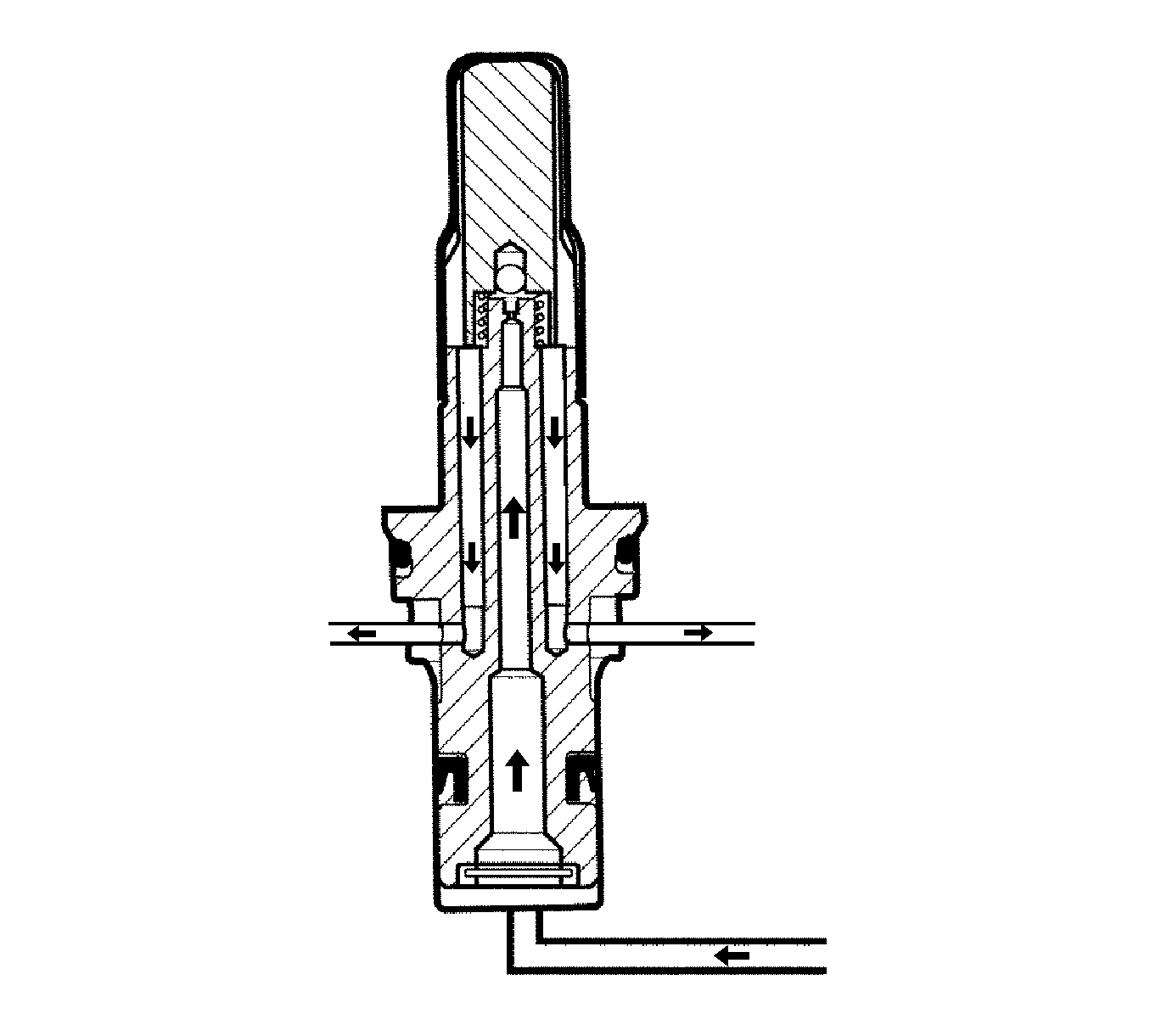
The isolation valve is placed in the brake fluid path from the master cylinder to the relevant brake caliper. The isolation valve allows free flow as commanded by the driver during normal braking and reapply phases.
In the isolation phase the coil moves the armature down, which closes the normally open isolation orifice and prevents any further increase of pressure in the brake. The valve also remains closed during the dump phase.
The lip seal provides a one way return path for brake fluid to flow through in:
| • | Foot off pedal during isolation |
| • | Residual LPA fluid |
Dump Valve
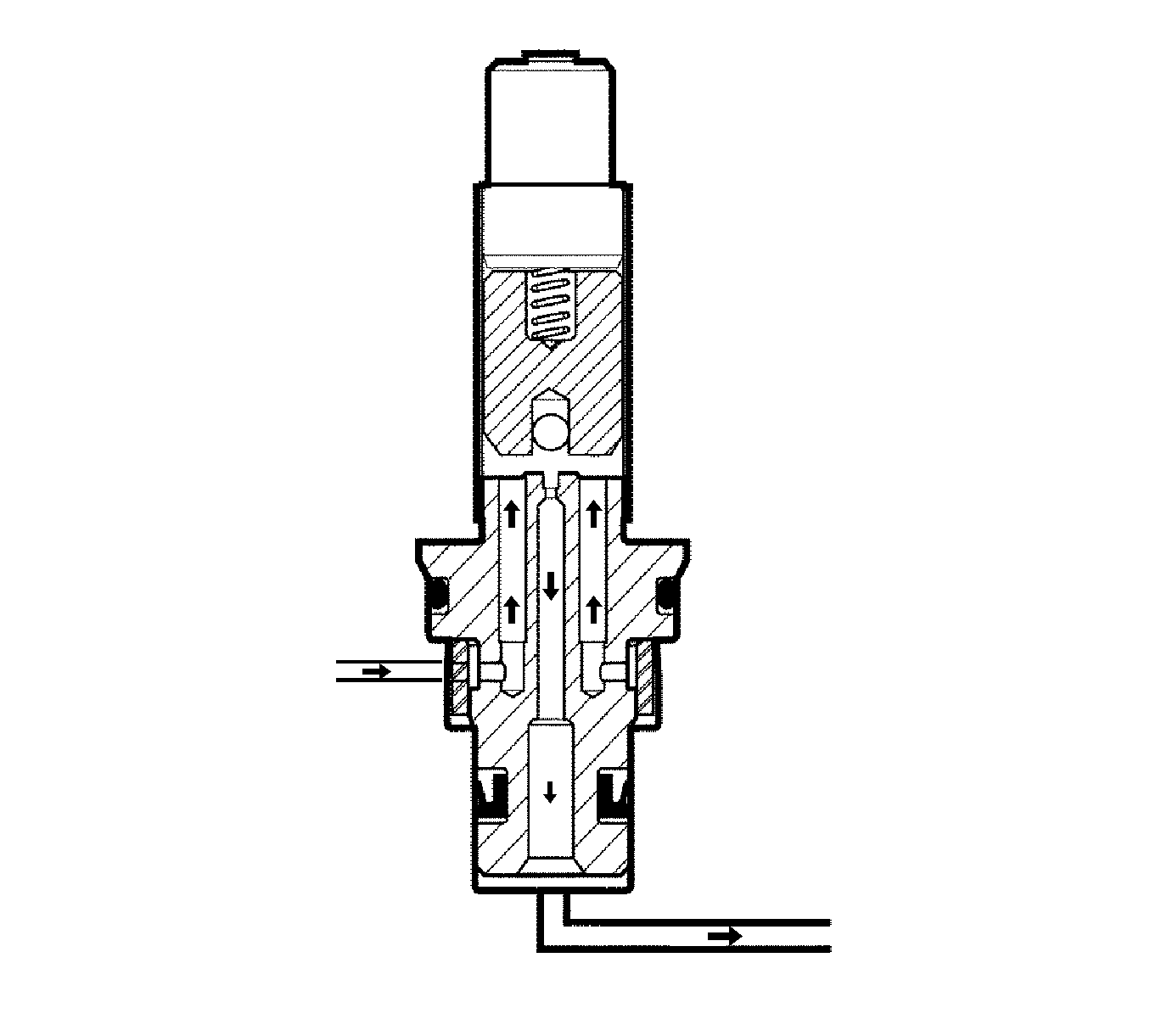
The dump valve creates a flow path from the isolation cartridge, brake side, to the LPA. The valve keeps this path permanently closed except during the dump phase in the ABS mode. On activation, dump phase, the coil moves up the armature which opens the normally closed dump orifice and allow to drain the pressure in the brake line with the brake fluid flowing into the LPA.
The lip seal provides a return path for the residual brake fluid in the LPA.
Low Pressure Accumulator (LPA)
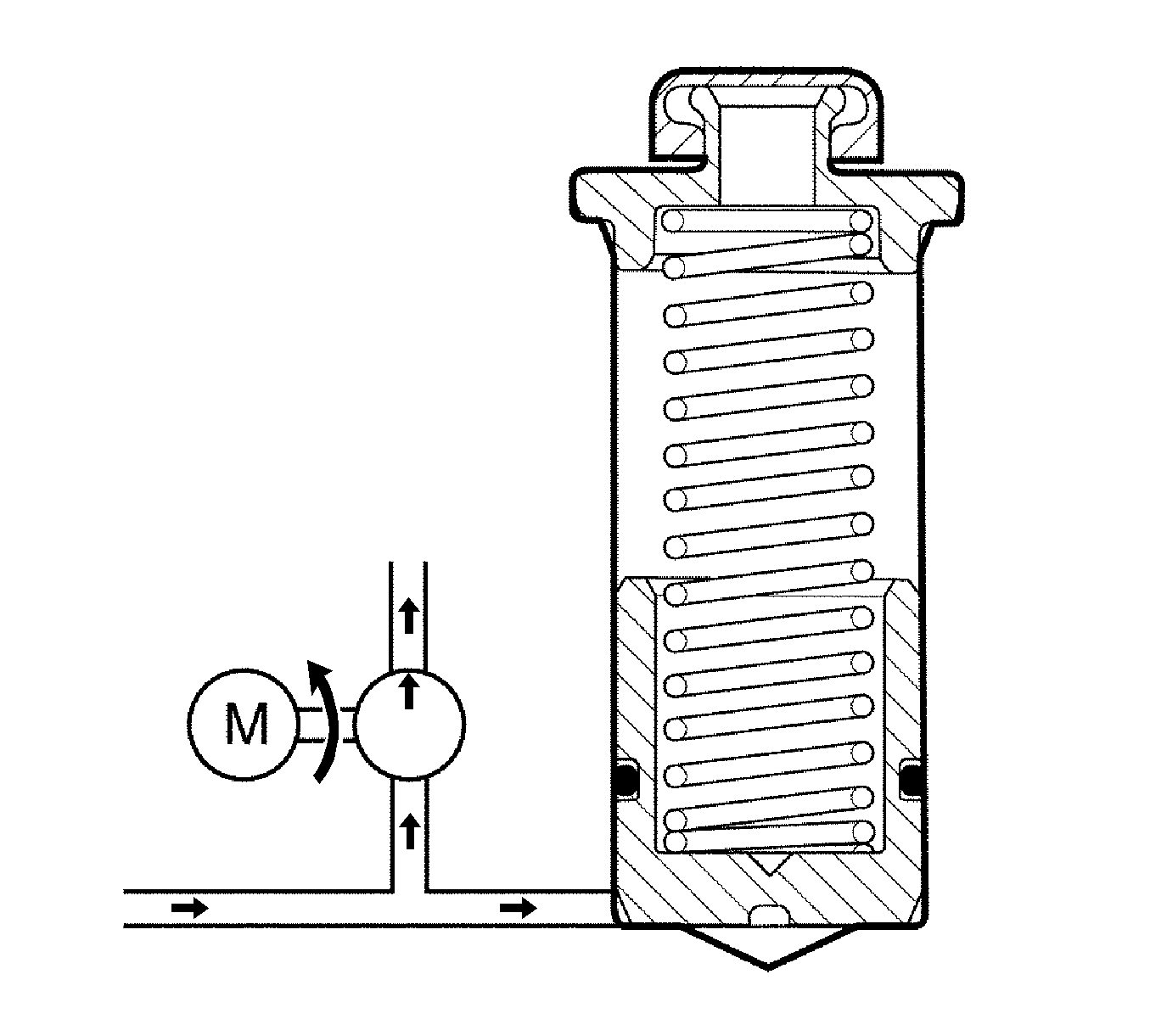
The LPA provides a variable chamber for brake fluid to be quickly pushed into through the dump valve at the beginning of a departure. This chamber then acts as a reservoir which buffers the pump.
High Pressure Attenuator (HPA)
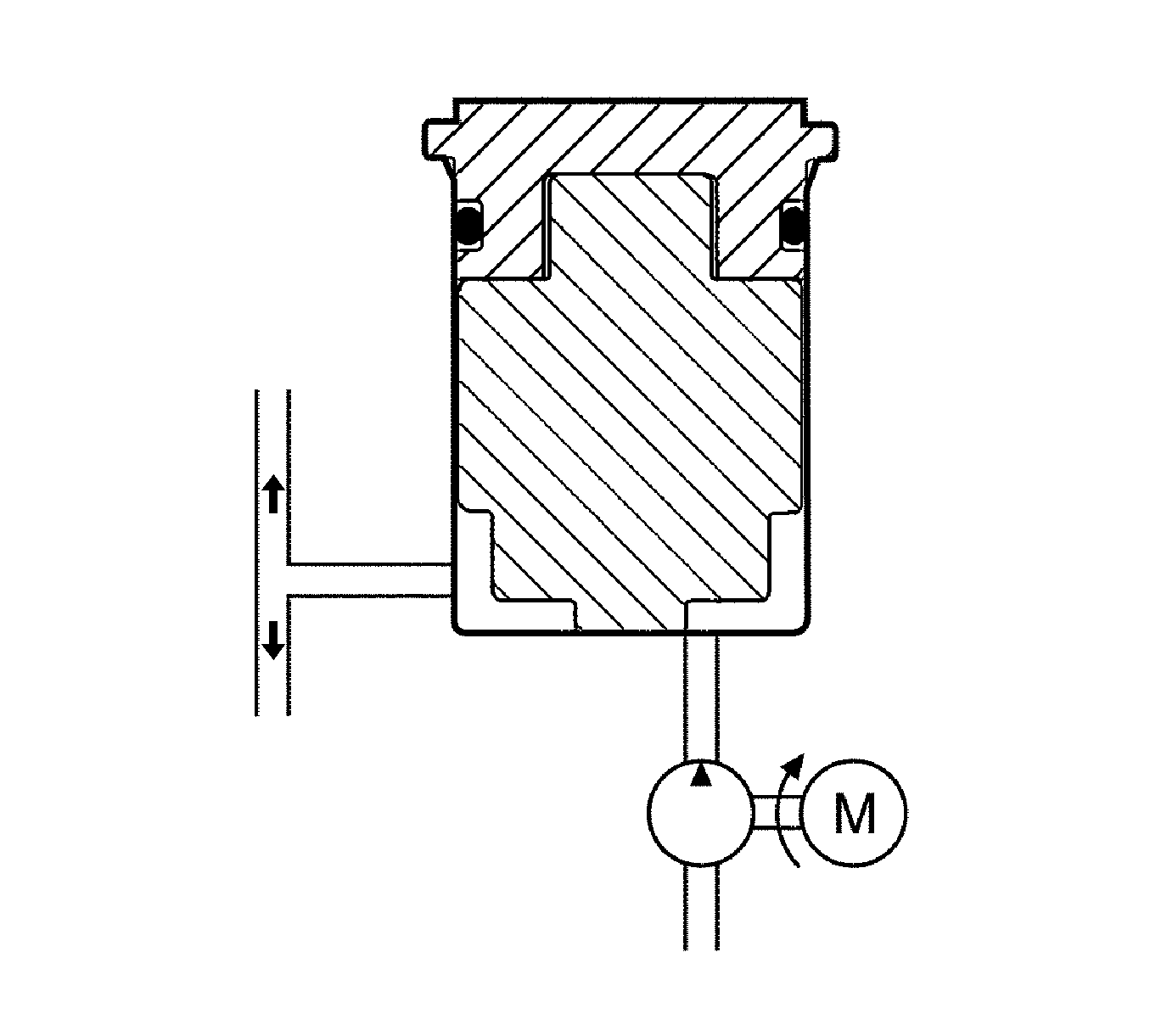
The HPA is located between the pump and the ISO valve, master cylinder side. The HPA uses the bulk mode of the contained plastic damper and orifice size to dump out the pressure oscillations from the pump to reduce the feed back to the master cylinder and brake pedal.
Return Pump Motor
The motor drives 2 pump elements through the eccentric wheel on its shaft.
Return Pump Description
Each pump element consists of a fixed displacement piston driven by an eccentric on the end of the eccentric motor. It has 2 check valves, inlet and outlet, and is supplied with fluid by the LPA.
Return Pump Operation
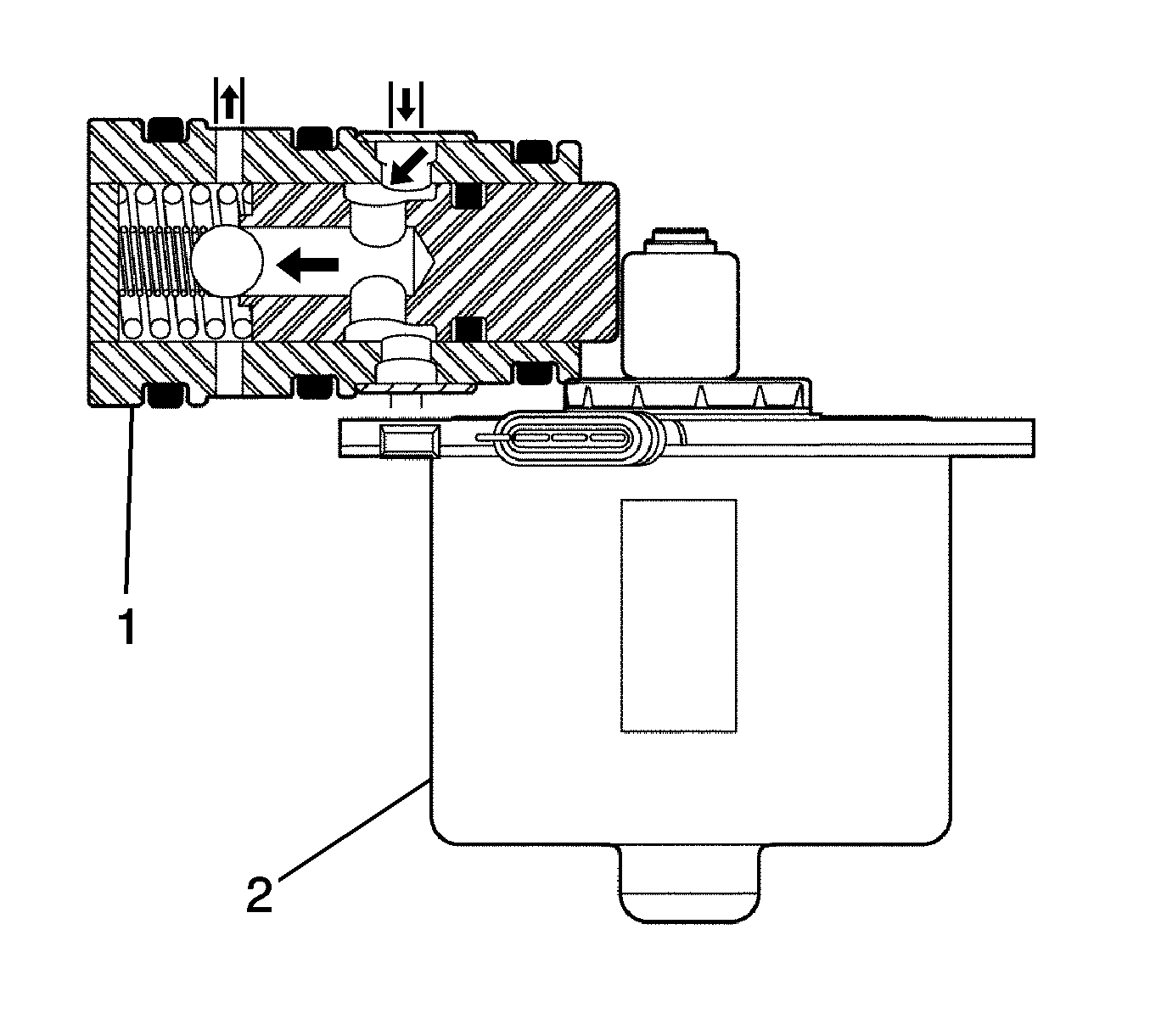
Compression stroke: the return pump (1) is filled via the inlet ball seat, then the return pump motor (2) eccentric rotates, moving the piston to displace the fluid. After the pressure build-up closes the inlet valve, the piston displacement increases the pressure until the outlet ball opens. The outlet pressure will continue to increase for the rest of the piston stroke.
Return Stroke: The piston retracts, forced by its spring, as the motor eccentric returns to its low end position. The pressure at the inlet side of the outlet ball then decreases because of the displaced volume. The pressure difference across the outlet ball holds it closed.
The pressure at the outlet side of the inlet ball seat, which is set to open at a certain pressure level, also decreases until this valve opens. With the outlet ball closed, the pump is filled with additional fluid from the LPA.
The pressure will continue until a stall point is reached and compression of the piston cannot generate enough differential pressure anymore to open the outlet ball seat.
Electronic Brake Control Module (EBCM)
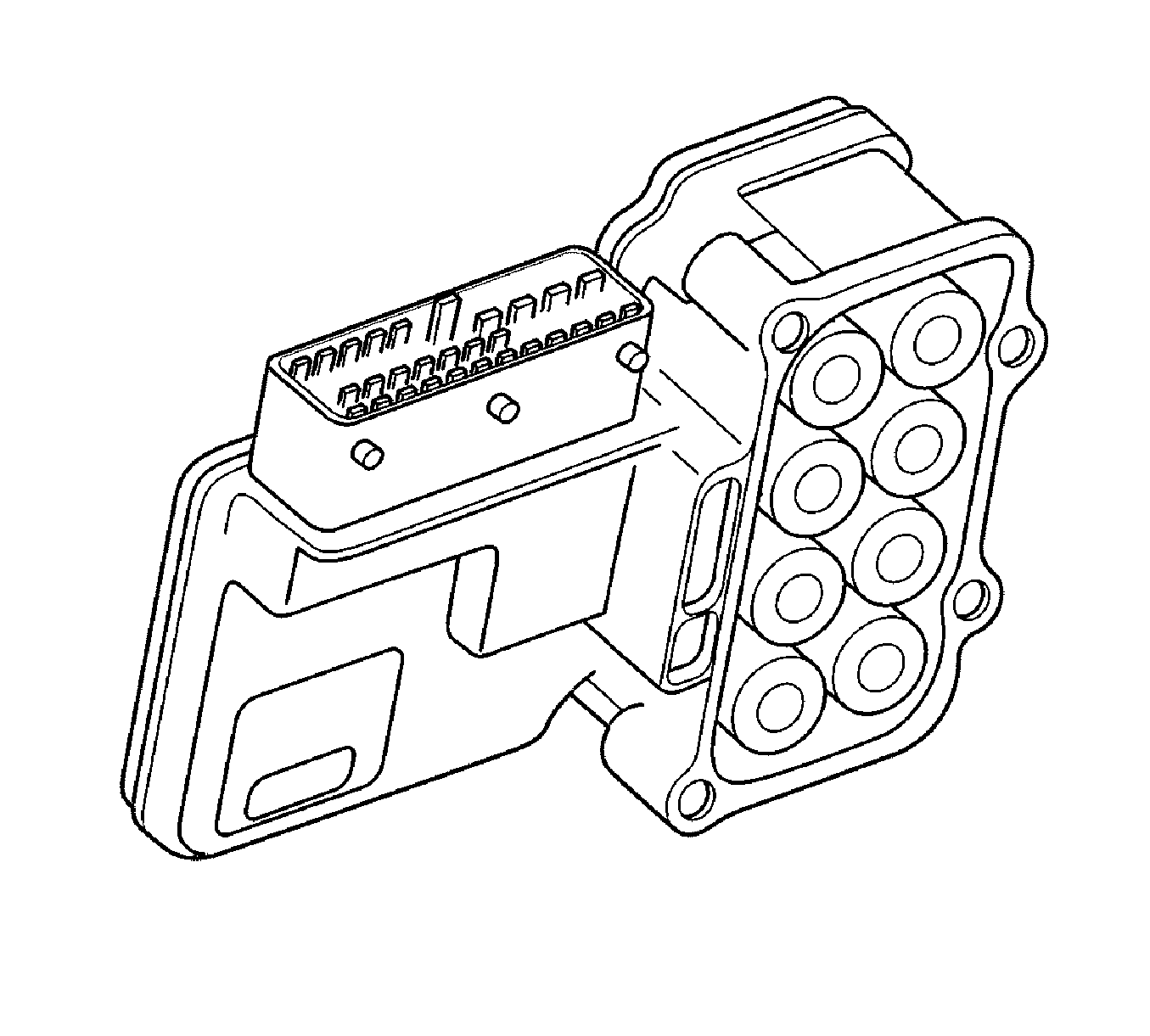
Important: The EBCM is not serviceable. The EBCM must be replaced as an assembly.
The EBCM is attached to the hydraulic unit in the engine compartment. The controlling element of the ABS is a microprocessor-based EBCM. Inputs to the system include the 4 wheel speed sensors, the stoplamp switch, the ignition switch, and the unswitched battery voltage. There is an output to a bi-directional serial data link, located in pin M of the assembly line diagnostic link (ALDL), for service diagnostic tools and assembly plate testing.
The EBCM monitors the speed of each wheel. If any wheel begins to approach lockup and the brake switch is closed (brake pedal depressed), the EBCM controls the dump valve to reduce brake pressure to the wheel approaching lockup. Once the wheel regains traction, brake pressure is increased until the wheel begins to approach lockup again. The cycle repeats until the vehicle comes to a stop, the brake pedal is released, or no wheels approach lockup.
Additionally, the EBCM monitors itself, each input, except the serial data link, and each output for proper operation. If it detects any system malfunction, the EBCM will store a DTC in nonvolatile memory. DTCs will not disappear if the battery is disconnected.
Wheel Speed Sensors and Rings
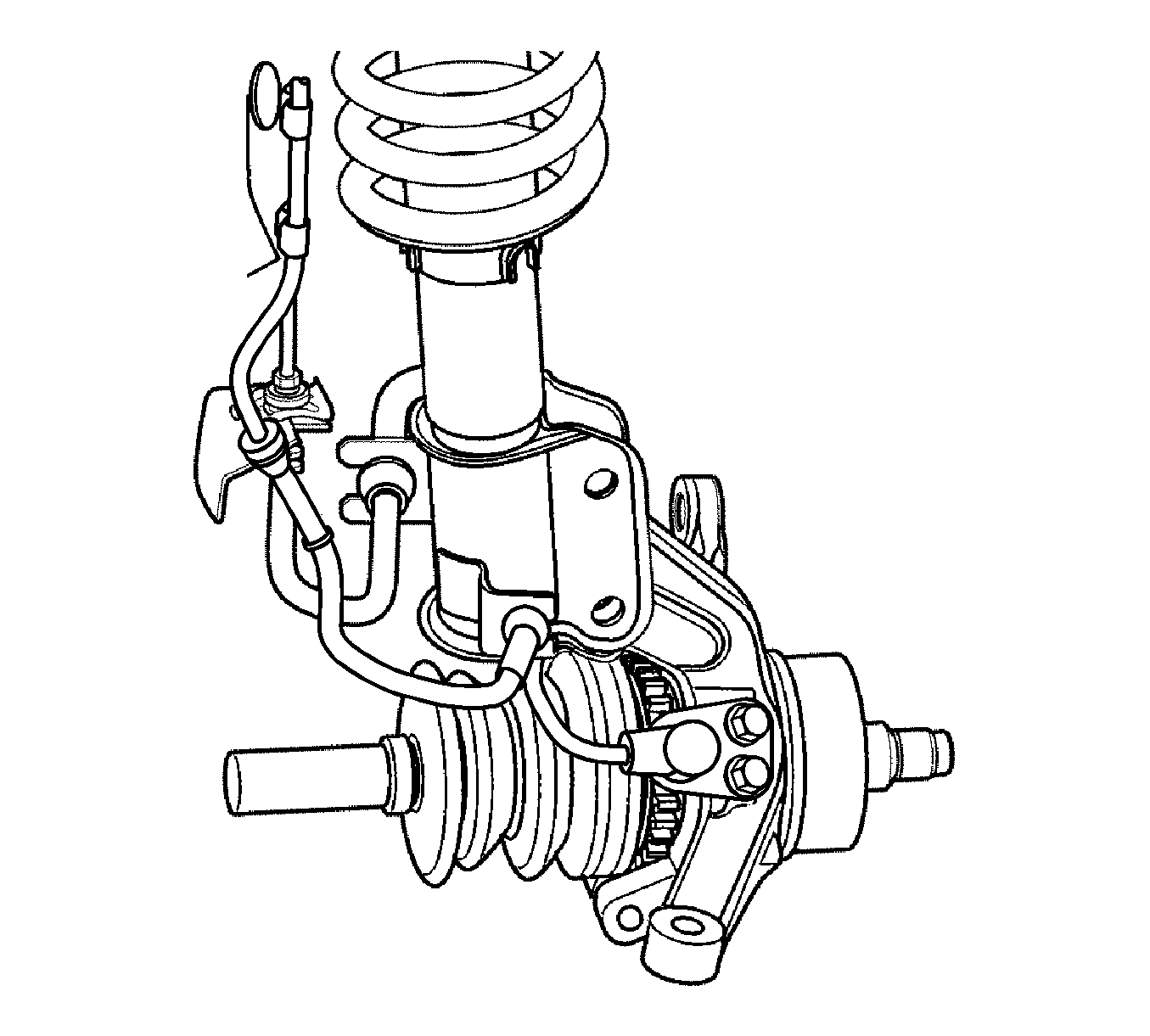
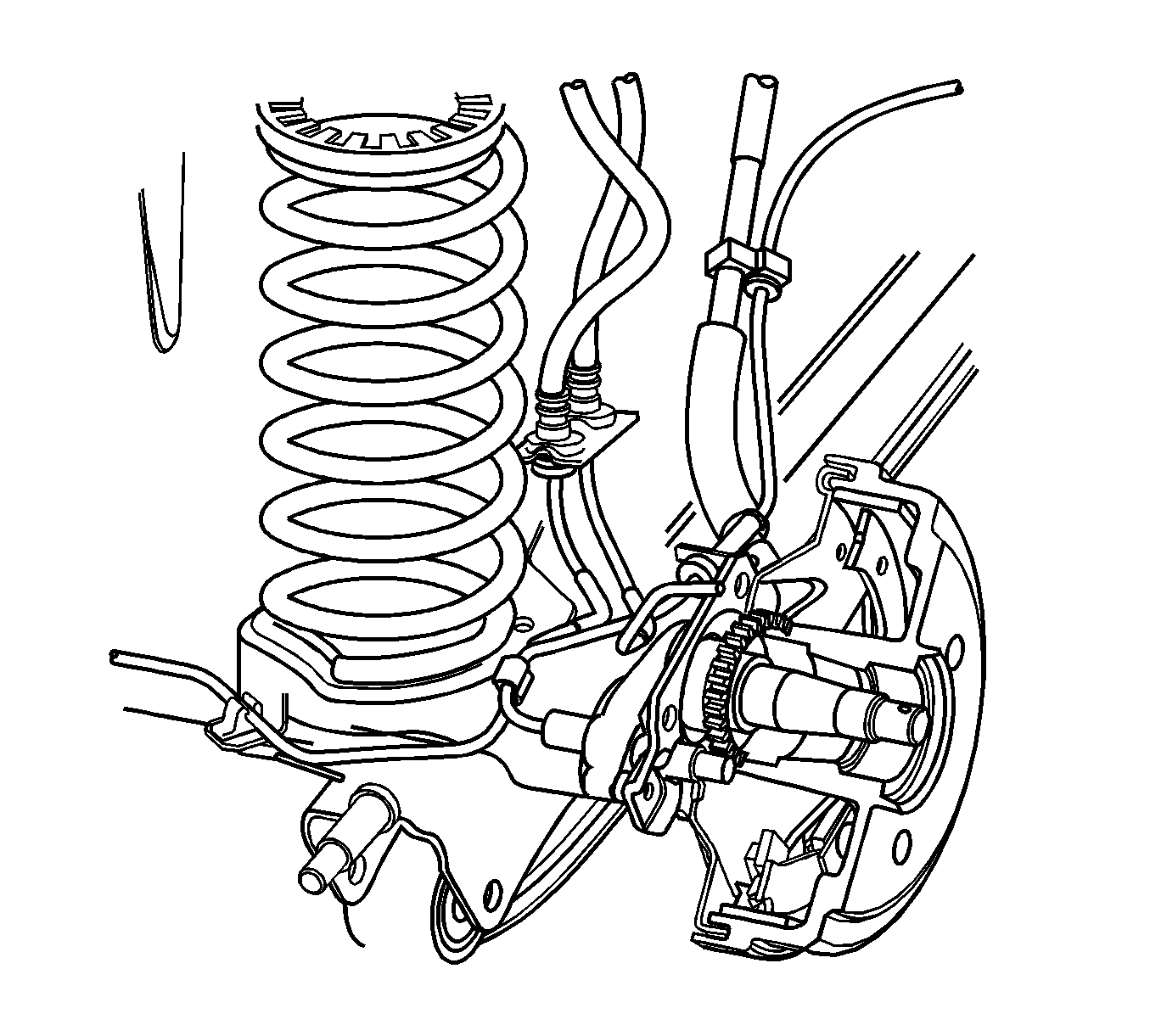
Front wheel speed sensors are installed to the front knuckle. Rear wheel speed sensors are installed to the backing plate.
Notice: Avoid prying or contacting wheel speed sensor rings. Excessive contact may cause damage to one or more teeth.
Wheel speed sensors are not serviceable. The air cap is not adjusted. The front wheel speed sensor ring is pressed onto the drive axle shaft. Each ring contains 40 equally spaced teeth.
Rear wheel speed sensor rings are incorporated into the hub drum.
Electronic Brake Distribution

